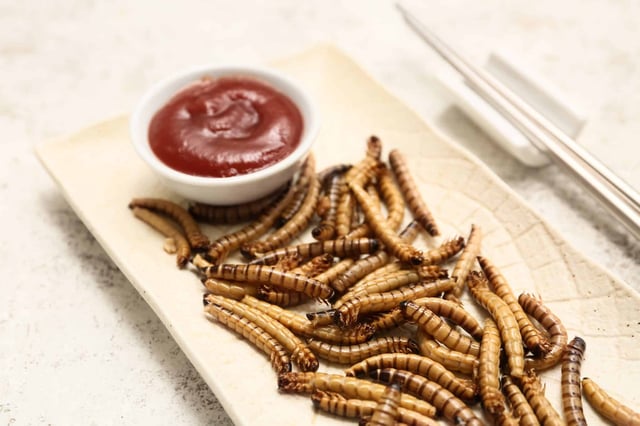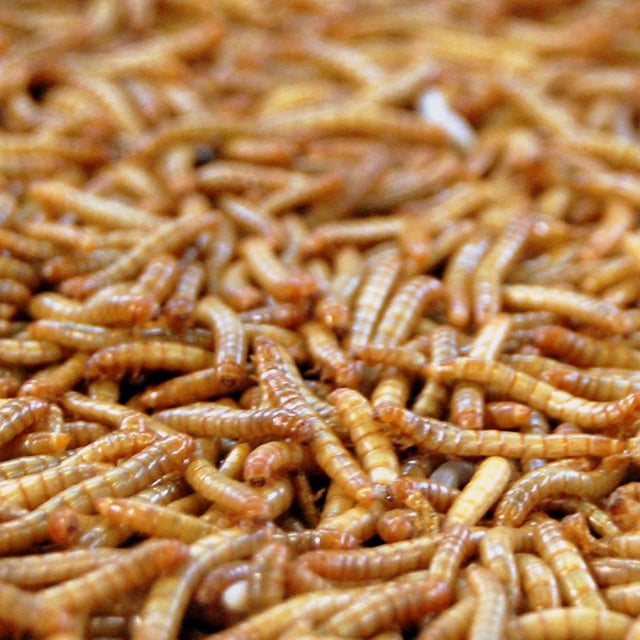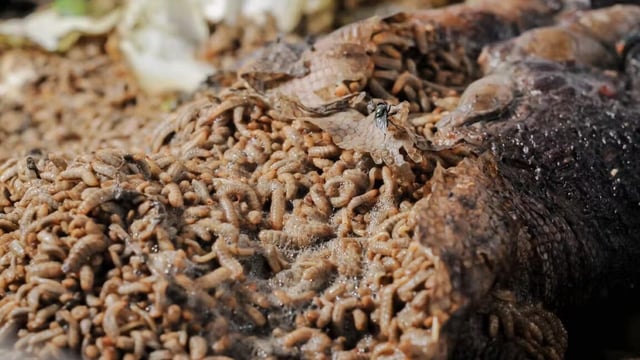Overview
- Analysis of 389 fly larvae from 34 cadavers revealed δ15N values as high as 43.2 ‰, far exceeding enrichment in rotting muscle tissue alone.
- Elevated nitrogen in maggots suggests that Neanderthals eating aged, larvae-rich meat could have registered isotope levels previously attributed to strict carnivory.
- Human protein‐tolerance limits of about 300 g per day make a solely meat-heavy diet implausible, pointing to putrefied foods as alternative sources.
- Ethnographic parallels show Indigenous groups deliberately consumed fermented or maggot-infested meats as nutrient-rich delicacies.
- Researchers call for targeted archaeological fieldwork to uncover direct evidence of maggot consumption and refine models of Neanderthal subsistence.


